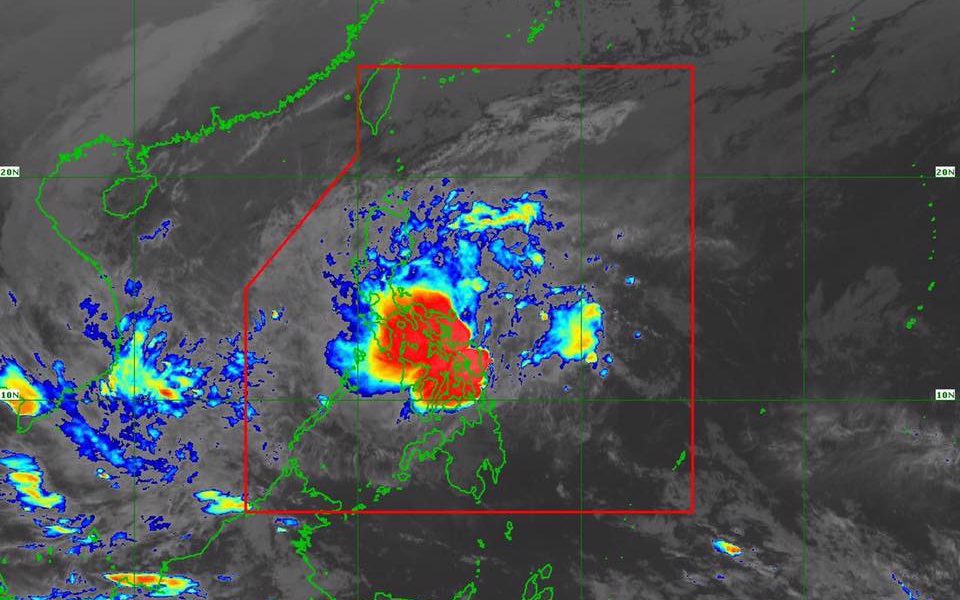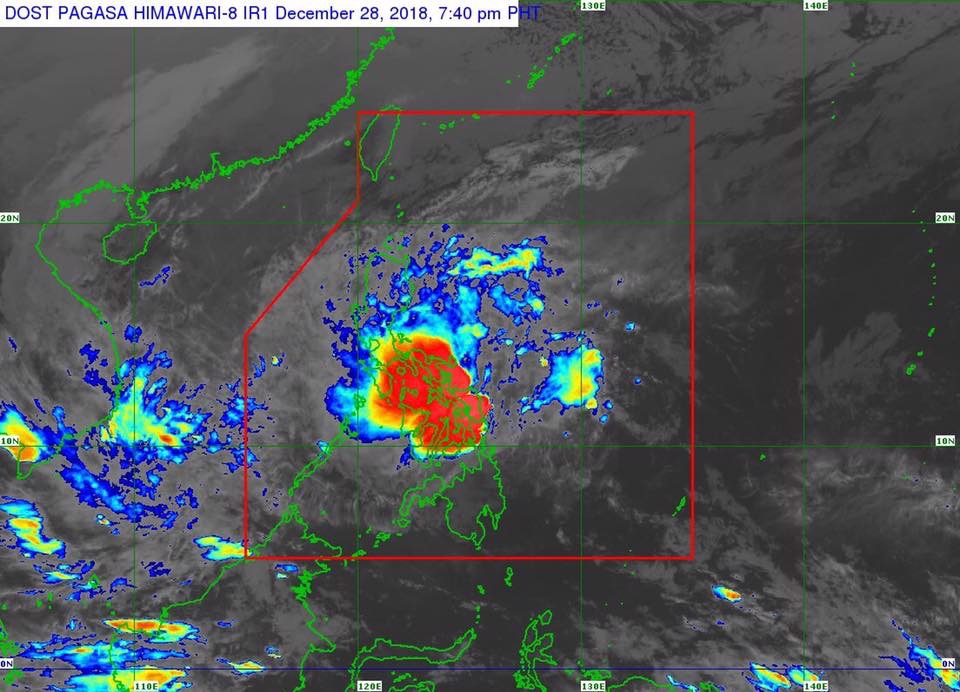Home > Blog > Weather
How are Tropical Cyclones named?


In the past, only women’s names ending with ng or ing, such as Auring and Yayang were used in naming these tropical cyclones—something that some people deemed gender-biased.
This resulted to the Name a Bagyo Contest conducted nationwide with the theme Binyagan ang bagyo at manalo ng libu-libong piso! in 1999. Based on the press release of the contest, winners would receive P1,000 per typhoon name selected and a consolation prize of P500 per typhoon name for the 70 chosen auxiliary or reserved names.
The rules of criteria for the name suggestions were the following:
– Names must not begin with letters Ñ, NG and X (may or may not end in NG)
– Should not have more than Nine (9) letters per name
– Should not more than Three (3) syllables per name
– Must not have any negative or offensive meaning
– Easy to pronounce
– Entries must be arranged in alphabetical order according to the new Filipino alphabet
– Names may be that of a person (male of female), place, animal, flower, plant, tree, or a trait that reflected Filipino tradition and culture
The contest gave birth to a new list of Philippine tropical cyclone names, which are being used until now. What we have in the present year are listed under column number 2. These names are repeated every four years.
According to PAGASA, an average of 19 to 20 tropical cyclones enters PAR annually, but there are also instances when the number exceeds the alphabetical list. This is where the auxiliary list comes in.
Did you know?
Names of tropical cyclones that caused enormous damage with more than 300 casualties and at least P1 billion pesos worth of destroyed properties are decommissioned. Some of the names that made a great impact and were removed from the list are “Ondoy”, Pablo” and “Yolanda”.

